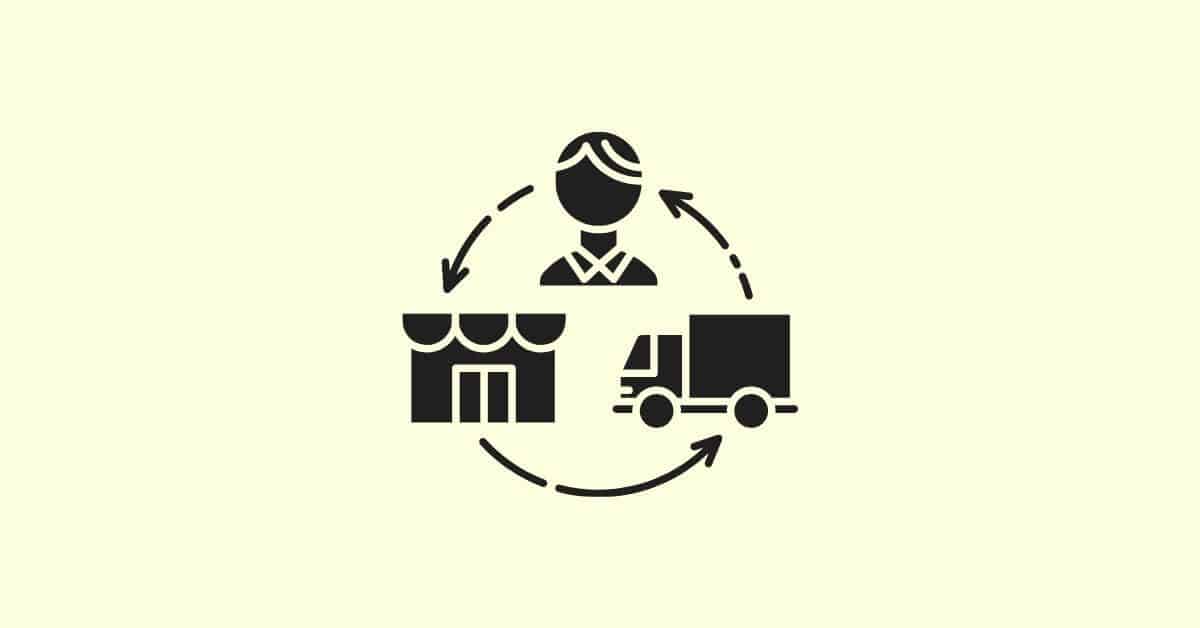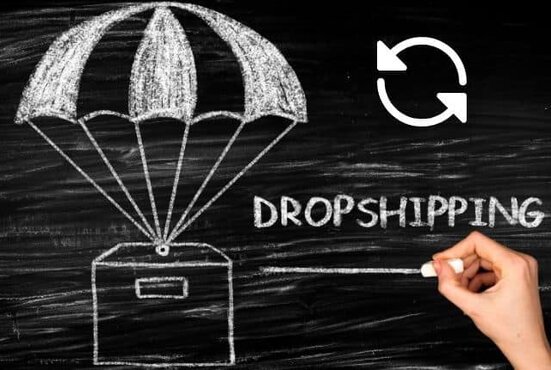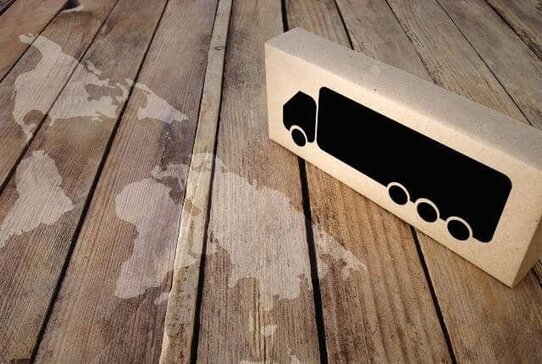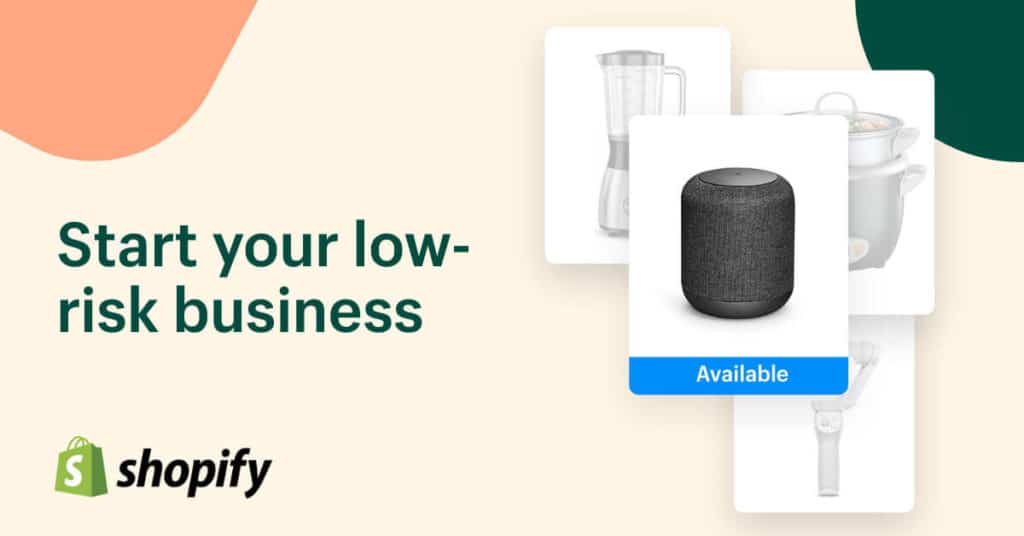
In recent years, an increasing number of people have turned to the internet to make some additional cash. Reverse dropshipping, a relatively new method of earning money online, has recently been promoted as a possible alternative.
But what exactly is reverse dropshipping? Is it efficient? What are the complications and benefits? In this article, we'll look into the realm of reverse dropshipping to see if we can discover answers to all of these questions.
Stop procrastinating; set up your Shopify store today! Click here to claim your 14-day free trial.
Reverse dropshipping refers to the shipment of high-quality American-made goods to China. It can, however, be used for any high-quality product made in Western countries and supplied to export-oriented countries.
Many conventional dropshipping businesses, for example, purchase products created in various Asian nations for their dropshipping niches. Under the reverse parachute delivery model, higher-quality products would be bought outside these countries and sold within them.
These items may be of poor quality and low cost, with tight profit margins. Because of this, many individuals wonder, “Is reverse dropshipping worth it?“

How does reverse dropshipping work?

Because your online business serves solely as a conduit between the consumer (buyer) and the wholesaler or factory in drop shipping, the earnings are derived from the difference between the sale and purchase prices.
Reverse dropshipping suppliers collaborate with businesses or shop owners to create or store things, pack them, and send them directly to customers.
As for you, “as an entrepreneur,” you offer products in your store, set them at the right price, place them on the market, and earn the difference between the wholesaler's price and the price the customer bought in your store when calculating marketing costs.
Dropshipping example
If you choose a product available on AliExpress that costs $20 and displays it on your online store for $60, a customer bought the product, paid the required amount, and added their shipping address.
You will purchase the product from AliExpress, mentioning the customer's address when placing your order. The product will be shipped directly from AliExpress to the customer's address anywhere in the world.
To further clarify, the Chinese AliExpress website lists millions of products and thousands of retailers or so-called suppliers. Most of them are compatible with dropshipping.
Stop procrastinating. Set up your Shopify store today! Click here for your 14-day free trial.
Is reverse dropshipping legal?

Contracting with your suppliers to ensure product quality and fast shipping and validating your company's legitimacy in the country where you conduct business are the only things you need to be concerned about. Reverse dropshipping is, in fact, legal.

Complications with reverse dropshipping

Unreliable Shipping Partners
The most significant risk in the event of a delivery drop is unreliable shipping partners. Because when a customer buys a product from a store, the store owner sends an order for the same item from the dropshipping supplier. The supplier delivers the order directly to the customer without the store owner seeing or touching the product.
Language Barrier
Language is another obstacle you have to consider. In addition to the language used in your online store, you can also search for labels written in Chinese (including ingredients, product specifications, etc.)
The downside is mainly related to high price competition in the Chinese market and long delivery times. Thus, reverse dropshipping applies to the United States and any country that produces quality products that interest the Chinese buyer.
Expensive Shipping
Shipping costs can add up quickly if you choose your business based on a drop-down delivery model, especially when you fill your store with multiple drop-down delivery providers.
Suppose you ship clothes from a vendor, using three different suppliers to store your products. If a customer orders a t-shirt from these three suppliers, you, as a store owner, will have to pay for each shipment.
In contrast, your customer collects those items after paying a unique shipping fee, depending on your store shipping policy.
It is not wise to pass this cost on to your customer as such high shipping costs will likely cause customers to leave their carts. However, paying shipping costs separately for three different items is not a good idea. It can result in significantly higher shipping costs, and it isn't easy to find a way to recoup these additional costs.
Benefits of reverse dropshipping

Lower Startup Cost
As discussed earlier, the drop-down delivery model does not need to maintain inventory. You can say that you do not have to set up a warehouse to keep your product inventory.
This way, the reverse dropshipping business doesn't have to spend time organizing inventory and doesn't have to hire staff to fulfill orders for that purpose.
This model has a shallow barrier to entry because very few funds are required to start a reverse dropshipping store business.

Flexibility
Flexibility allows any brand to do business worldwide and also offers different types of products. And a brand can easily change its sales offer based on market preferences.
Lower Inventory Management
Because a product is not available in the warehouse as stock in this model, there is no need to keep track of stock inventory. So, in this case, there is no need to hire staff to manage the document inventory, and there is also no need to invest in infrastructure to store all the data and personnel.
As a result, the overhead costs of the reverse dropshipping business will be far lower than those of a retail store. The most crucial benefit is that reverse dropshipping retailers will not have to spend time maintaining inventories.
Broad Product Offering
This concept expands a user's product options when they shop online. This business strategy allows customers to choose from a wide choice of products, which is impossible for a physical store operator with a small firm without a warehouse to keep inventory.
Better Margins
The reverse dropshipping business has a more considerable profit margin than the classic dropshipping model, one of its most appealing features.
Dropshippers typically offer low-quality products in quantity at a low-profit margin in the dropshipping business model. Furthermore, relying too heavily on these low-quality products can harm your company's reputation.
Conclusion – What is reverse dropshipping?

To summarize, reverse dropshipping is a dropshipping strategy in which products are shipped directly from the manufacturer without the involvement of a seller. The seller must display and advertise the product; the supplier will handle the stocking and shipment.
Stop procrastinating; set up your Shopify store today! Click here for your 14-day free trial.
When using reverse dropshipping, you list high-quality products from suppliers in the US or other Western countries and sell them to your customers in export-oriented countries such as China. It is this particularity that differentiates dropshipping from reverse dropshipping.
The retailer collaborates with a drop-ship provider, who manufactures warehouse products, packages them, and sends them straight to the retailer's client on behalf of the retailer.
This business model is popular since it eliminates the need for a physical presence, such as an office or warehouse, for the store owner.

